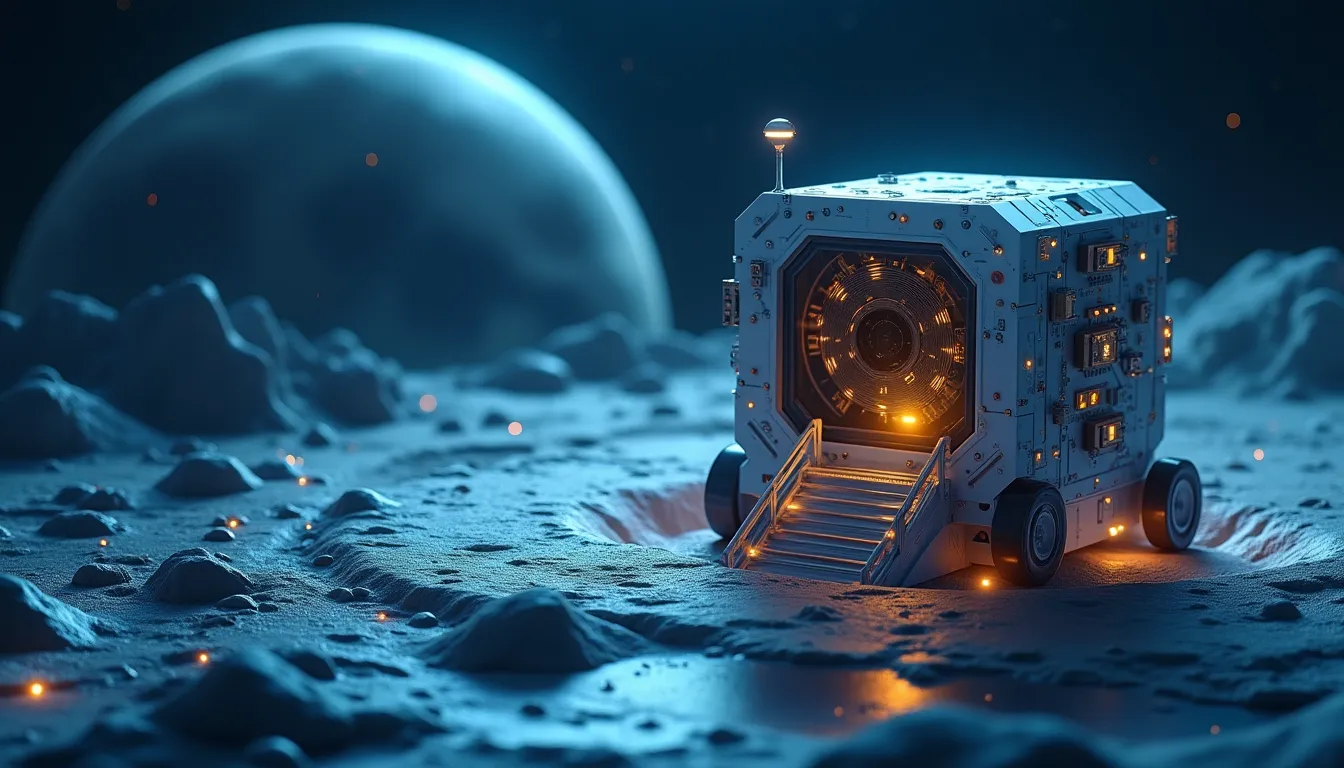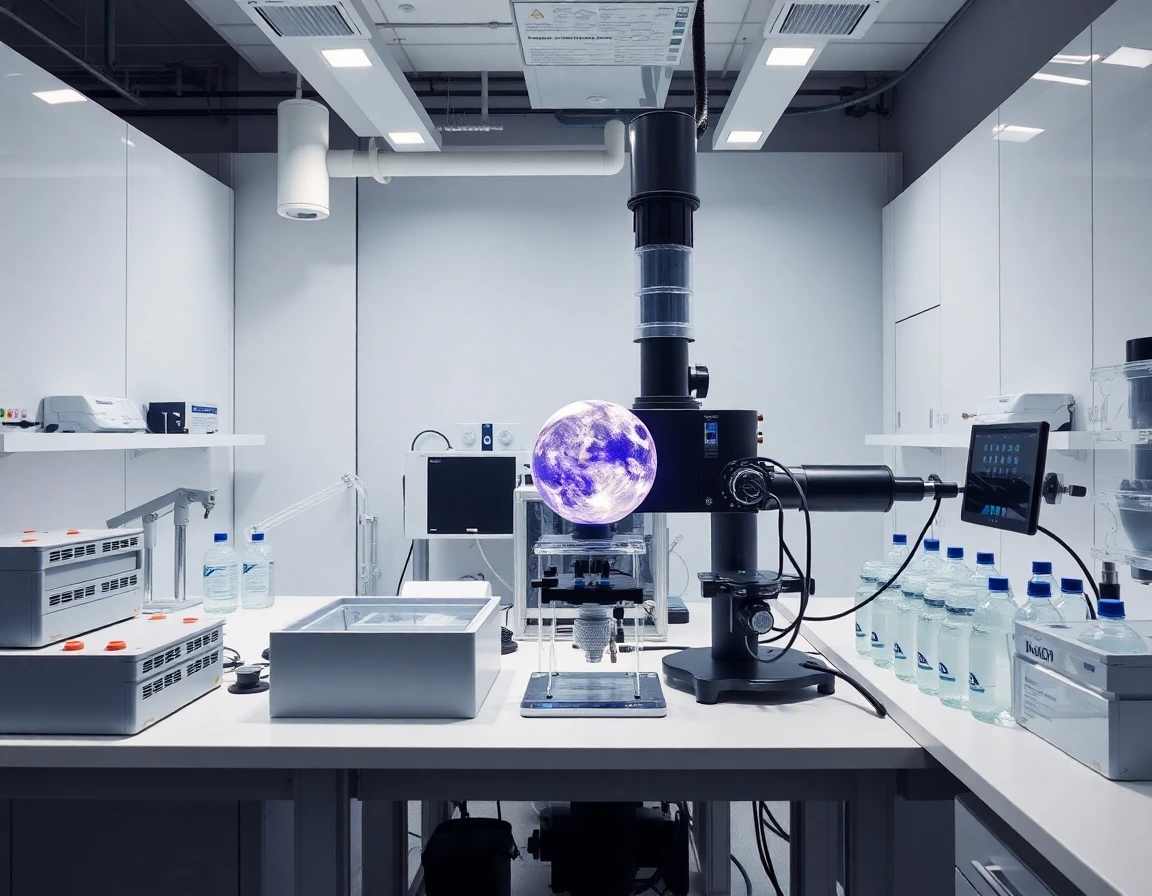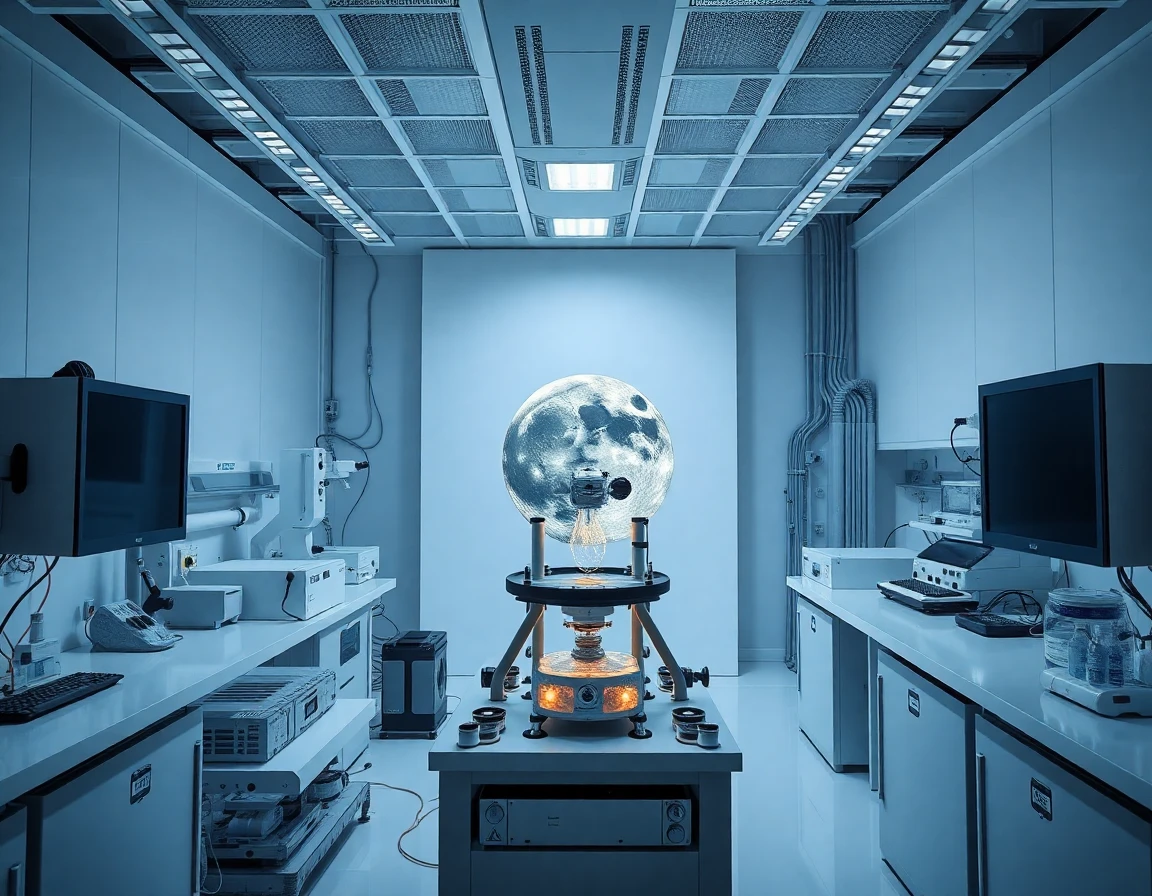As humanity sets its sights beyond Earth, the concept of lunar mining is emerging as a pivotal part of our exploration strategy. Current research indicates that the technical and economic feasibility of extracting resources from the Moon could reshape not only space exploration but also life on Earth.
The Promise of Lunar Resources
The Moon is believed to harbor essential resources, including water ice, rare earth elements, and helium-3, which could serve as a critical fuel for nuclear fusion. According to Dr. Emily Carter, a leading expert in space resources, “The Moon could hold the key to sustainable energy solutions, both in space and on Earth. Helium-3, in particular, has the potential to revolutionize our energy landscape.”
Water Ice Extraction
One of the most promising resources available on the Moon is water ice, particularly located in permanently shadowed craters. This ice could be used for life support systems, as well as for producing hydrogen and oxygen for rocket fuel. NASA’s Artemis program aims to establish a sustainable human presence on the Moon by 2024, and tapping into lunar water resources will be crucial for this endeavor.
Technical Feasibility: Challenges Ahead
While the potential of lunar mining is substantial, significant technical challenges remain. The harsh lunar environment poses unique obstacles, such as extreme temperatures, radiation exposure, and dust that can damage machinery. To address these challenges, advanced technologies are required.
For instance, high-precision advanced control systems for aerospace applications are essential for operating mining machinery on the lunar surface. These systems can ensure that equipment operates with the precision necessary to navigate the Moon’s challenging terrain safely.
Surveying Lunar Terrain
Before any mining operations can commence, accurate surveying of the lunar surface is vital. Professional gyro theodolite systems like the YWJ01ZB150 offer reliable azimuth determination and precise angle measurement, which are crucial for mapping lunar resources before extraction. As Dr. Jonathan Wells, a lunar geologist, notes, “Understanding the topography of the Moon is essential for planning effective mining operations and minimizing risks.”
Economic Viability: Cost vs. Benefit
The economic viability of lunar mining will ultimately determine its future. Initial estimates suggest that the cost of sending a mining operation to the Moon could range from $10 billion to $20 billion. However, the long-term benefits could outweigh these costs significantly. As noted by aerospace analyst Sarah Johnson, “If we can extract valuable resources like helium-3 and rare earth elements, the return on investment could be astronomical.”
Investment and Partnerships
Private companies are increasingly investing in lunar mining technologies. Partnerships between government agencies and private enterprises, such as NASA’s collaboration with SpaceX, are crucial to developing the necessary infrastructure. Moreover, countries like China and India are also planning lunar missions, indicating a growing global interest in lunar resource extraction.
Potential Impacts on Earth and Space Exploration
The implications of successful lunar mining extend beyond the Moon. The ability to extract and utilize resources in space could significantly reduce the costs of launching supplies from Earth. This, in turn, could facilitate longer missions to Mars and beyond.
Furthermore, lunar mining could help establish a sustainable presence in space, enabling humanity to thrive beyond Earth. As Dr. Carter emphasizes, “Lunar mining is not just about resources; it’s about creating a sustainable future for humanity in space.”
Future Developments: What Lies Ahead
As research into lunar mining continues, we can expect to see advancements in robotic mining technologies, autonomous systems, and improved propulsion methods. The development of in-situ resource utilization (ISRU) technologies will be critical for ensuring that lunar mining operations can be conducted efficiently and safely.
Conclusion: A New Frontier
Lunar mining represents a new frontier in both resource extraction and space exploration. As we continue to unravel the technical and economic feasibility of this venture, the potential benefits could reshape our understanding of sustainability, energy, and our presence in the cosmos. With continued investment and innovation, lunar mining could soon transition from a theoretical concept to a practical reality, paving the way for a new era of exploration and resource utilization.



